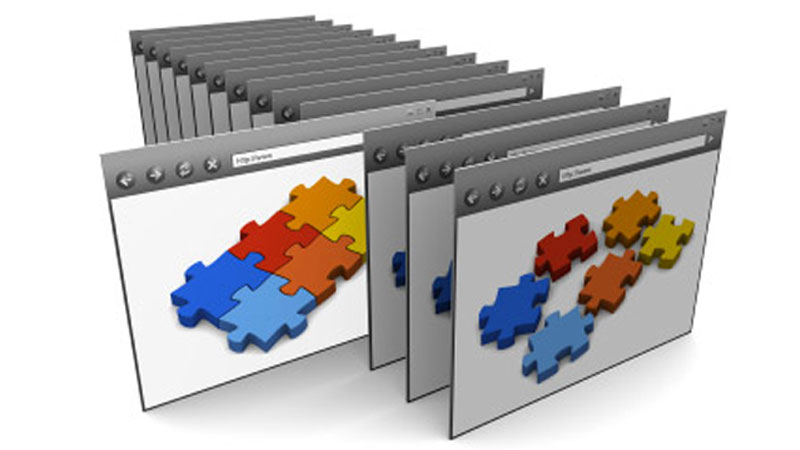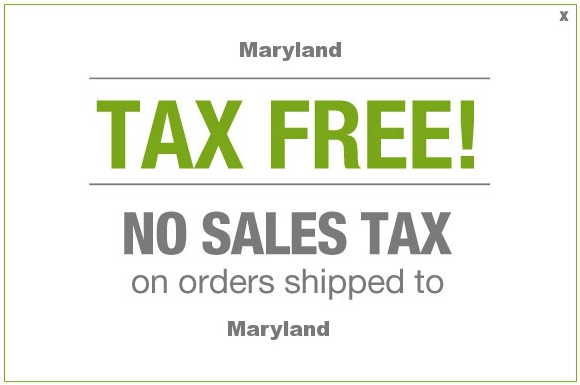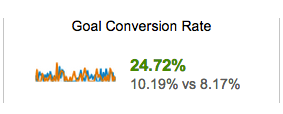
Making it Personal: Dynamic Landing Pages
Have you ever seen a webpage or ad that somehow features content specific to your geographic location? These are called dynamic landing pages and they are a natural evolution of an increasingly personal internet.
Web developers and marketers are taking advantage of the meta data you carry with you in your internet travels and they’re using it to create personalized landing pages that increase their conversion rate.
Here is an example of geo-location dynamic content:
The 10 second delay is just for show 🙂
Now, let’s talk about the important stuff — why dynamically populated landing page are helpful and how can you implement it on your website.
Benefits of Dynamic Landing Pages
Ultimately, you’re looking to personalize your users’ experiences in an effort to have them better engage with your website. The more your site reflects their interests, the longer they’ll stay on the site and the more frequently they’ll return.
From an analytical angle, a personalized webpage can result in:
Lowered Bounce Rates
The assumption is as follows: User sees a page that speaks directly to their situation… user feels heightened confidence that they’ve found the right resource… user is more inclined to click around, visit other pages, and generally engage with the site.
Higher Conversion Rates
Dynamic landing pages for PPC advertisers can mean dramatic decreases in cost per conversion. This is especially true in cases of national brands who cater to local audiences.
Location specific content can give the user a sense of trust. They think: “This is what I was looking for, and they definitely serve my area, so let me [INSERT DESIRED ACTION HERE]!”
Take the following two headlines for example:
Get the Best Rates for a Home Loan
Get the Best Rates for a Home Loan
Which one do you think performs better? If you guessed the second one, you’re right. 😉
What else can you do with personalized content?…
Uses of Dynamic Landing Pages
- Dynamic Content:
- As discussed above, you might change the headline, sidebar, or other content on the page according to the users geographic location. Other variables you can use include the keyword they used to find your site and the medium that directed the site.Cafe Press did a great job using the users geo location data to create a dynamic popup for their eCommerce site:

- Location Based Redirect:
- Another use could be to change the landing page based on the users location.
- Visitor Segmenting:
- You could use Google Analytics event tracking to track segments of visitors and determine which segment better engages with your page.
Adding Dynamic Content to Your Site
I’m going to focus on the location based dynamic content in this demonstration.
To do this, you will need a good understanding of jQuery (or javascript) and have access to your website’s file system in order to make changes to the PHP or ASP code. The step-by-step process would look like this:
- Get access to a GeoIP lookup service.
- Install the script in the header of your site.
- Determine what content you want to make dynamic.
- Target the <div> or other HTML element you want to make dynamic with jQuery.
- Use the GeoIP functions to insert the dynamic city, state, postal code, etc…
- Enjoy increased user engagement 🙂
Give us a buzz or otherwise reach out and we’ll help you implement a dynamic landing page. This is tricky stuff, not to be messed with in the comfort of your underwear 🙂
Use Your Imagination…
… and tweet your idea for how to use dynamic landing pages to @webmechanix. We love hearing ideas or success stories!
Hope this post helped you understand how personalization of your website can help your engagement and conversion rates.
Kindly leave your thoughts, question, and comments below!
Most newsletters suck...
So while we technically have to call this a daily newsletter so people know what it is, it's anything but.
You won't find any 'industry standards' or 'guru best practices' here - only the real stuff that actually moves the needle.









